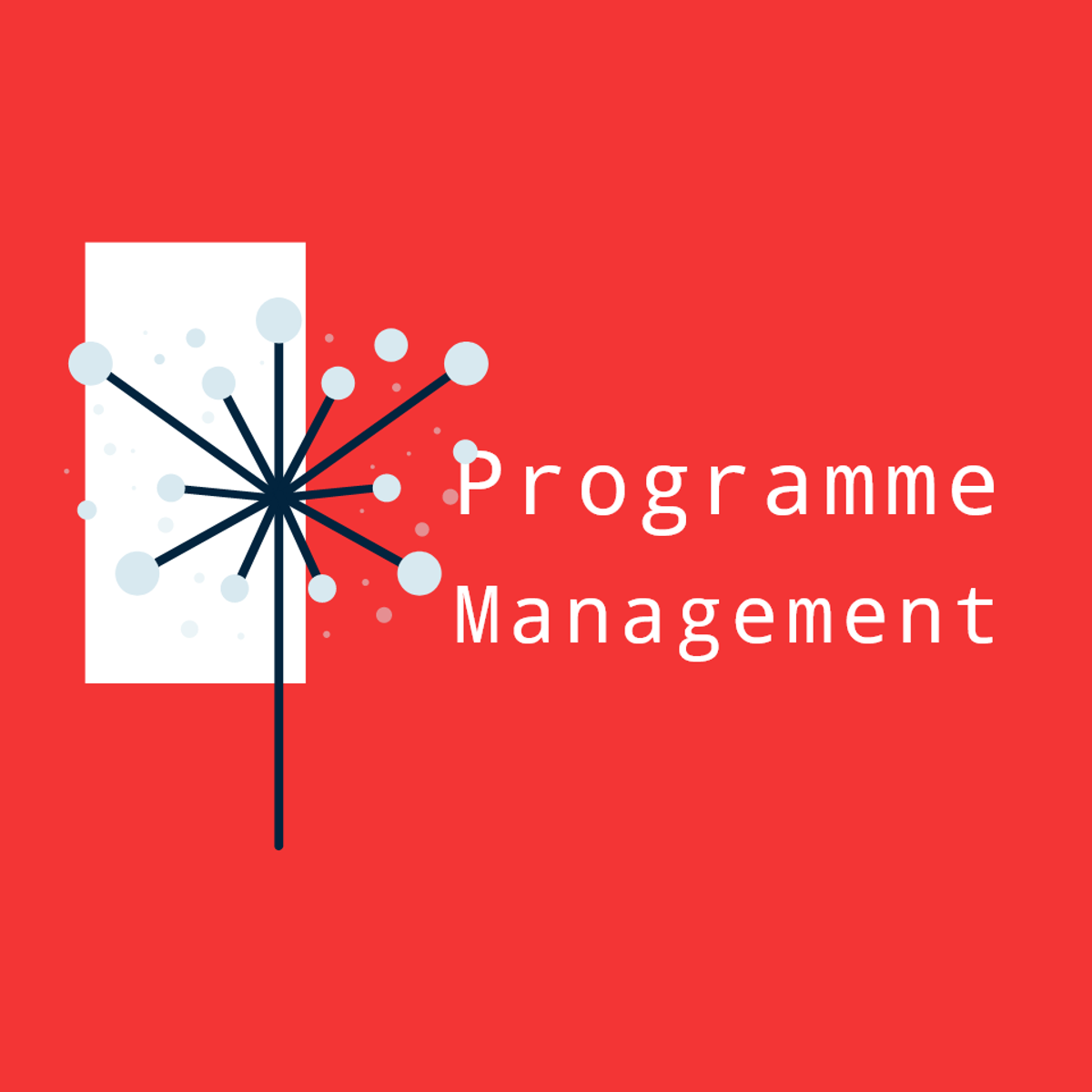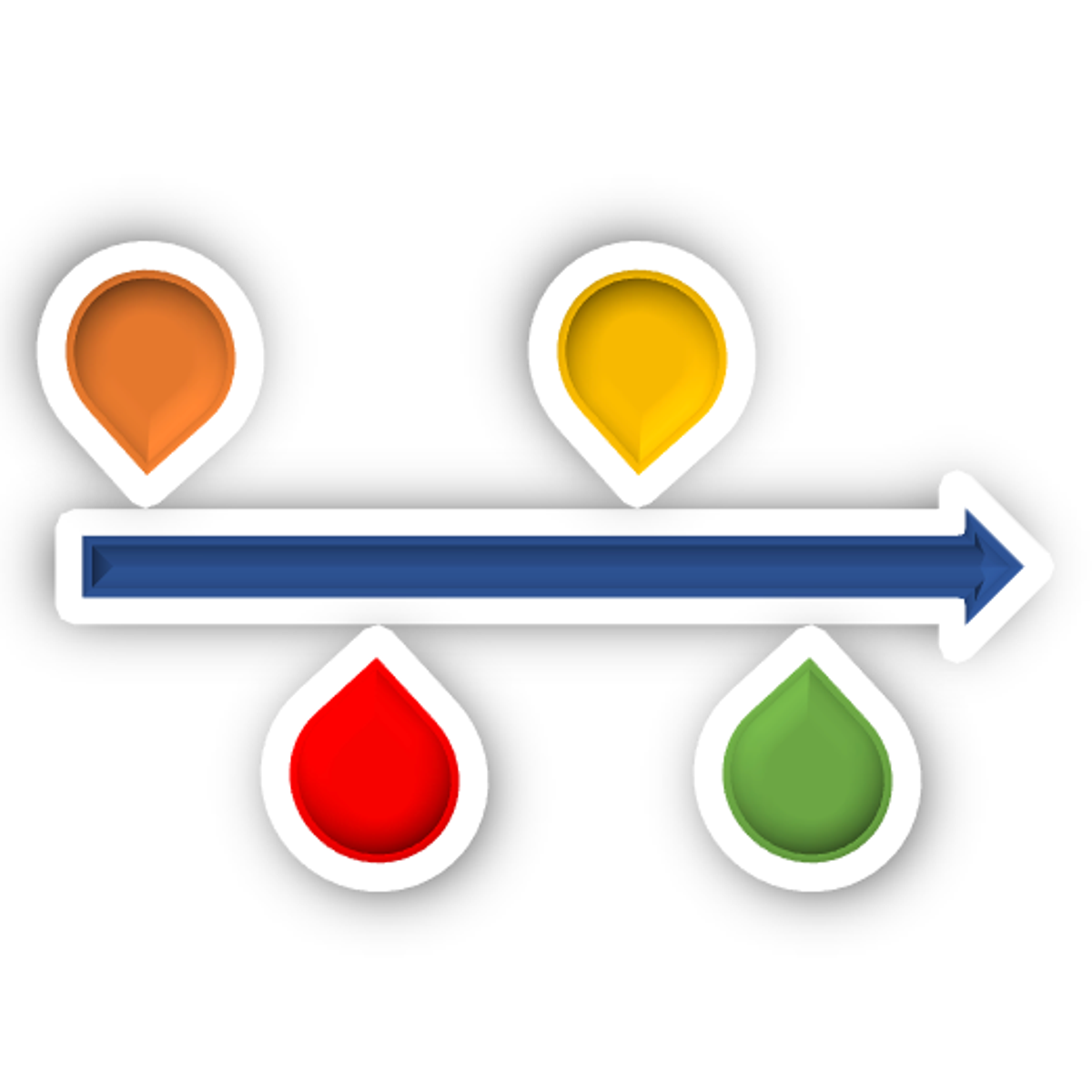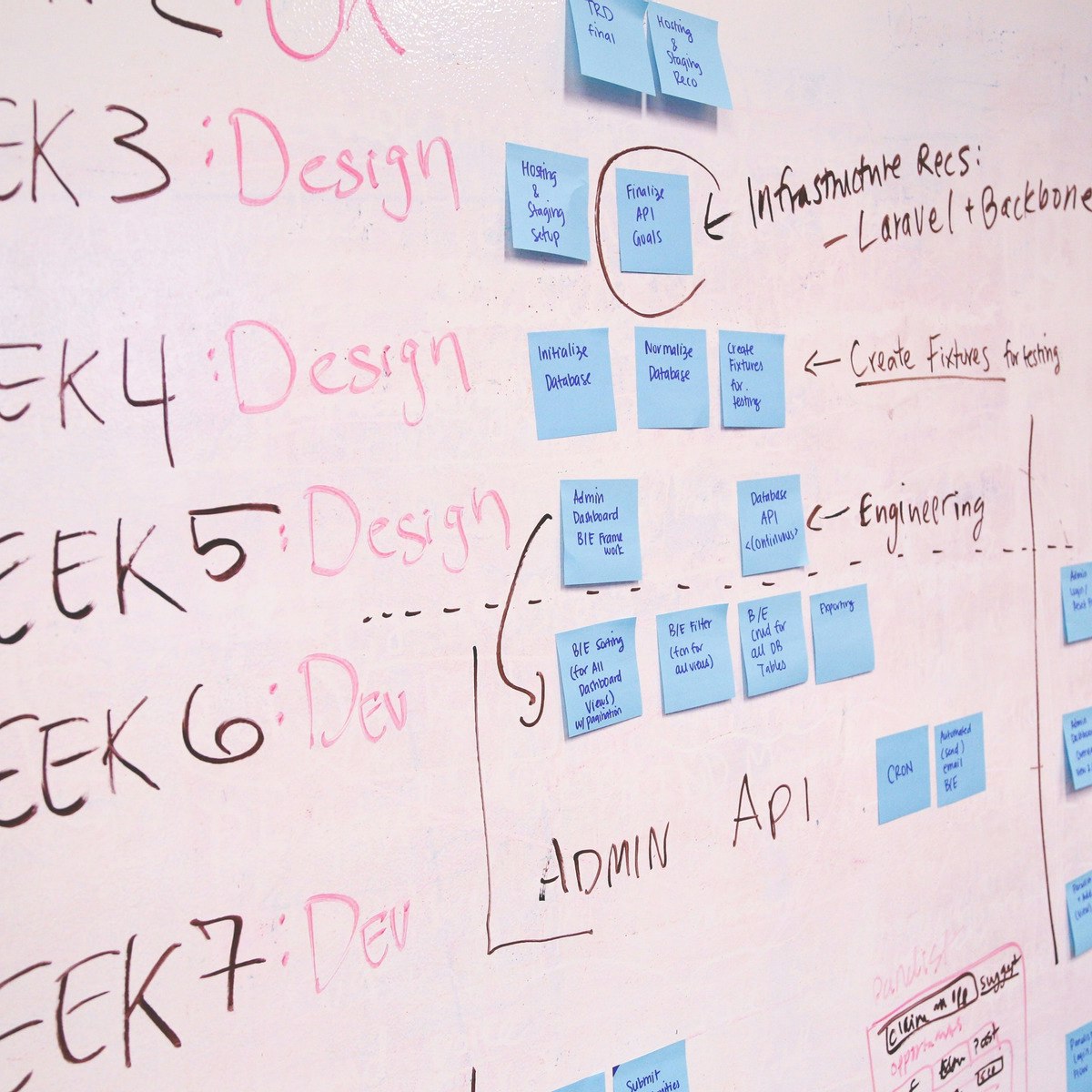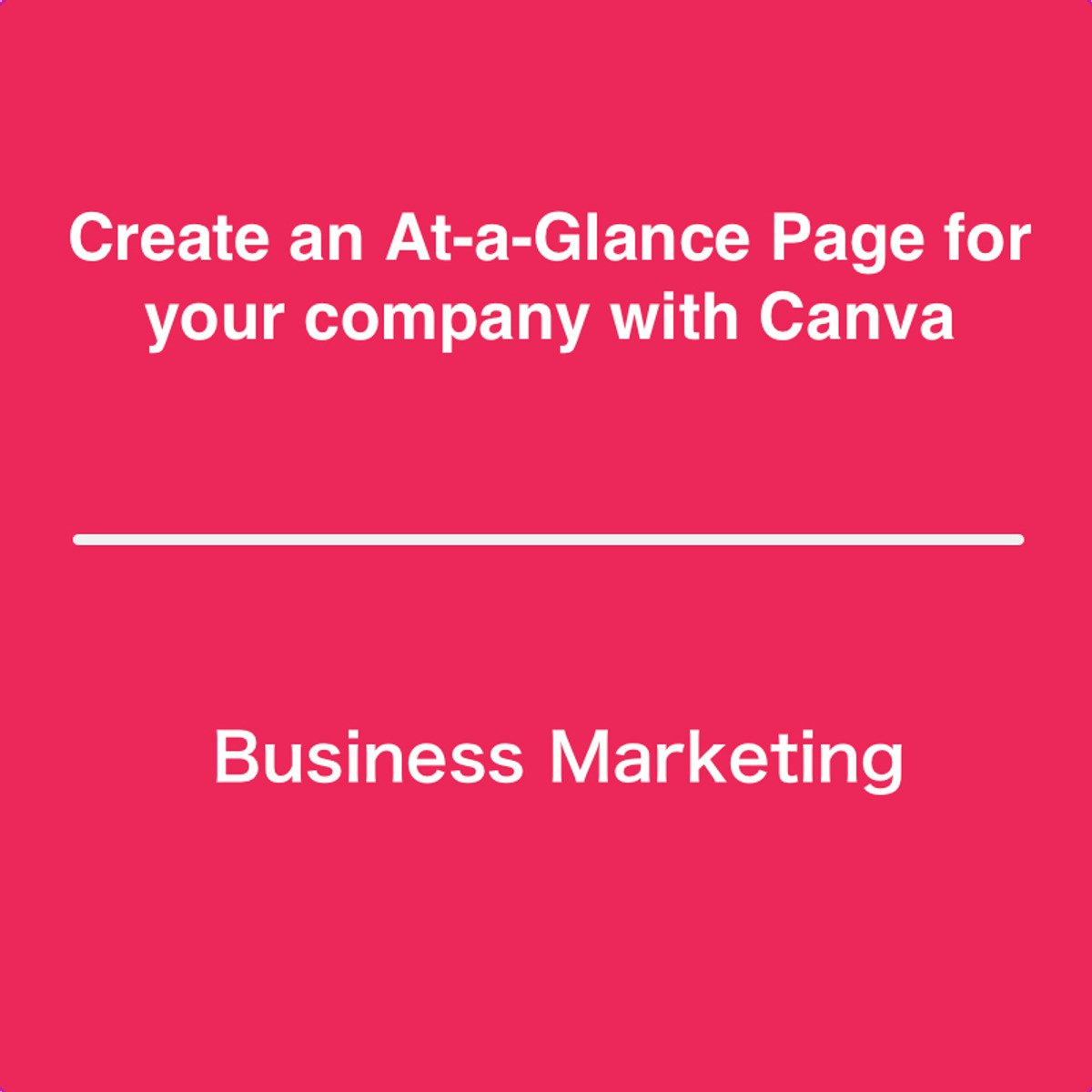Back to Courses









Leadership And Management Courses - Page 40
Showing results 391-400 of 600

Program Procurement Planning with ClickUp
By the end of this guided project, you will be fluent in creating Program Procurement Planning artefacts for the Planning Phase for diverse programs. You will utilise a logical diagramming plan in an agile environment to develop the solution. This will enable you to identify and classify the required components for procurement planning. Furthermore, it will help develop a structural model for learning about the field of Program Management.
If you are interested in building up the knowledge leading to this guided project, the following is the link to:
[ Developing Programme Management Blueprint with ClickUp]
https://www.coursera.org/projects/program-blueprint
[Advanced Programme Planning Phases Framework in ClickUp]
https://www.coursera.org/projects/program-advanced-planning
This Guided Project is essential for individuals wanting to learn about the field, or looking to transition into working in Program Management. This guided project is designed to engage and harness your visionary and exploratory abilities. You will use proven models in an agile environment with ClickUp to engage in a hands-on learning experience.

Building Culture in a Scale Up
Company culture changes in the shift from startup to scaleup – and as the company moves and incorporates different people profiles and roles, culture becomes increasingly vital in ensuring that everyone understand the company´s mission, values, strategy, and objectives.
This course will help you get that crucial culture piece within your scaleup right. You´ll discover the role (and relationship between) the company founder and the company culture in ensuring a successful transition to scaleup, gain insights on how and why to build and foster diverse teams, and understand the critical importance of corporate governance structures so you can implement the structures that make sense for your organization.
Culture can be your company´s superpower, and with this course, you´ll be able to build and maintain the company culture that will bolster your company through the scaleup phase – and beyond.

Quality Improvement in Healthcare Organizations
Have you ever though that healthcare quality could be improved - either where you get health care treatment or where you delivery health care? Have you ever thought that there should be a way for you to determine the relative quality of your choices? Have you found yourself thinking that there should be a way for you to provide your view and input on the quality of healthcare organization? Or do you work in a healthcare organization and find yourself thinking that there must be better ways to continuously and systematically improve the quality of your healthcare organization? If you have, this course is for you.
Course content includes an overview of quality and quality improvement programs, measures, and data in healthcare organizations. The course provides links to external sites to connect you to the larger "real world" of healthcare organization quality and quality improvement. The links also serve as resources you can take with you after you complete the course experience. And because everyone loves a road trip/field trip, there are also "virtual field trips" to the often hidden places of interest on the web.
The course format is readings, videos, quizzes, and a project. The project requires you to synthesize course material to design a quality improvement program for a healthcare organization the way you would have things run in the best of all worlds. The design (submitted as an electronic spreadsheet) is an artifact of the course which you can circulate to colleagues or use as the basis for talks or presentations.

Creating Horizontal and Vertical Timelines in PowerPoint
By the end of this project, you will be able to create two different types of timelines that display easy to read information with aesthetically pleasing designs within Microsoft PowerPoint. You will learn when to utilize a horizontal versus a vertical timeline to effectively communicate information in a visual format to your intended audience. The timelines will include the goals, steps and timeframes in which projects are to be completed. In this project, we will choose a timeline from pre-created ones given by Microsoft PowerPoint and use simple shapes to design our own. Each one will be customized according to your own needs. Afterwards, you will improve the timelines by adding design elements and colors.

Introduction to Operations Management
Learn to analyze and improve business processes in services or in manufacturing by learning how to increase productivity and deliver higher quality standards. Key concepts include process analysis, bottlenecks, flows rates, and inventory levels, and more. After successfully completing this course, you can apply these skills to a real-world business challenge as part of the Wharton Business Foundations Specialization.

Construction Scheduling
This course focuses on learning how to develop and manage a schedule. The first module provides an overview of the Construction Scheduling course. The second module introduces bar or Gantt charts and how they are used as scheduling tools. During the third module, learners will create activity precedence diagrams, also referred to as activity on node diagrams, which graphically represent the construction activities in a project and their relationships. The fourth module provides an overview of the types of construction activity relationships encountered in a construction project and how to represent them in an activity precedence diagram. Forward and backward pass calculations are covered in the fifth module, and during the sixth module, Professor Odeh discusses the importance of critical paths, including what it is and why it is important.
By the end of this course, you will be able to:
-Discover key project scheduling techniques and procedures
-Learn how to develop and manage a schedule, and understand scheduling tools such as bar charts, activity on arrow, and activity on nodes
-Explore the multiple relationships that connect all the construction activities in our project from start to finish
-Learn about creating a network diagram, defining the importance of the critical path in a project network, and defining project activities float
-Understand the fundamentals of bar charts, precedence diagrams, activity on arrow, Program
-Evaluation and Review Technique (PERT), range estimating, linear project operations, and the line of balance (LOB)

Create a Simple Project Timeline in Microsoft Excel
By the end of this project, you will create a free account on Microsoft 365, get access to Microsoft Excel, define a project, understand what elements need to be identified and documented before creating a project timeline, and also understand the importance of a project time. Your new skills will help you track your project timeline both for personal and professional purposes.

Create an At-a-Glance Page for your company with Canva
By the end of this project, you will learn how to create an at-a-glance business page using the free version of Canva.
An at-a-glance page or marketing one-pager is a single page that distills down what your company does and for whom. It can also be a single page about what a product or service does for specific target markets. You will be able to incorporate a color scheme, different charts, and other design elements for aesthetically pleasing and value added business marketing collateral.
We can use Canva to complete this project because it provides all the tools you need to create an organized and visually appealing product while offering a variety of options for sharing and collaboration. You will learn how to plan and organize your ideas and utilize graphic design tools as you create an at-a-glance business page from scratch.
Note: This course works best for learners who are based in the North America region. We’re currently working on providing the same experience in other regions.

Becoming a certified SAP Professional
Becoming a Certified SAP Professional is the seventh course in the SAP Technology Consultant Professional Certificate program. Now that you’ve completed the first 6 courses, including the project, you’ll spend time considering the next steps in your SAP career.
You’ll explore different industries, portfolios, and domains. You’ll dig deep into available career development resources, build your resume, practice interviewing, and look at the jobs available in the market. You’ll spend time assessing what SAP learning journey you wish to pursue, including what certifications are required for which role. You’ll then create your own SAP career development plan, listing the actions you need to take to achieve your desired SAP role.
By the end of this course, you will:
Know the next steps you need to take to become an SAP professional.
Have a clear understanding of the different industries, portfolios, and domains you may want to specialize in as an SAP professional.
Know the SAP certification opportunities available on the SAP Learning Hub.
Be aware of other industry-standard technical certifications and how they can support and enhance your SAP credentials and experience.
Have clear guidance on writing CVs or resumes, undertaking interviews and positioning yourself as the best you can be.

Understand Best Practices with Canvas
In this 2-hour long project-based course, you will learn how to use Canvas LMS best practices to develop an effective learning environment for your students through a hands on and organized approach. Through the Canvas LMS you will be able to support and develop online learning in a variety of ways.
Note: This course works best for learners who are based in the North America region. We’re currently working on providing the same experience in other regions.
Popular Internships and Jobs by Categories
Browse
© 2024 BoostGrad | All rights reserved


